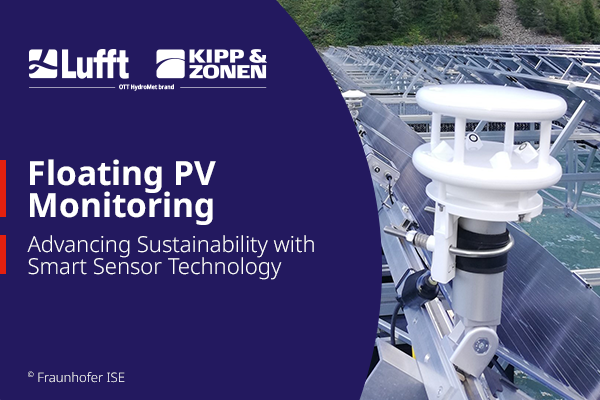Introducing the NEW LUFFT WS100 radar precipitation sensor: Discover our new precipitation sensor with innovative radar measurement technology in our latest blog entry. It is fast, safe and maintenance-free! Read more here…
The Lufft WS100 is our maintenance-free radar precipitation sensor for meteorological monitoring. The only one of its kind – it recognizes the type and amount of precipitation from the first drop, and is preferred for remote locations.
WHY WS100?
The WS100 helps to make important operational decisions within a few seconds. Due to the modern radar technology, the sensor detects precipitation from the first drop. It measures not only the quantity, but also the type of precipitation. The sensor also detects the drop size and divides it into one of the eleven different rainfall classes.
ABSOLUTELY MAINTENANCE-FREE OPERATION
Maintenance-free operation through ingenious technology without any moving parts. This distinguishes the sensor significantly from other methods for measuring precipitation such as the tipping bucket, the weighing principle or the optical method.
WHEN EVERY SECOND COUNTS
The WS100, with unprecedented speed, precisely measures precipitation from the first drop. It measures the precipitation intensity up to 200 mm per hour and detects drops with a size of up to 5.0 mm.
DIFFERENTIATES THE TYPE OF PRECIPITATION
Using a 24-GHz Doppler radar, it measures the speed of all forms of condensed water that can be observed on the Earth’s surface or in the atmosphere. These include rain, freezing rain, hail, snow and sleet.
DOWNLOAD OUR FREE SENSOR GUIDE
What can you expect from the WS100 Sensor Guide? You will discover a comparison of the radar measurement principle vs. other precipitation measurement methods and an overview of the WS100 radar precipitation sensor!
If you have any additional questions, please contact us. We are here to help!



